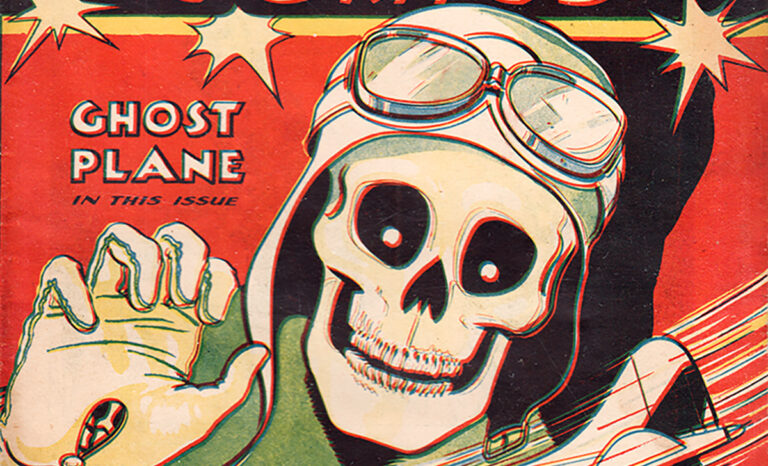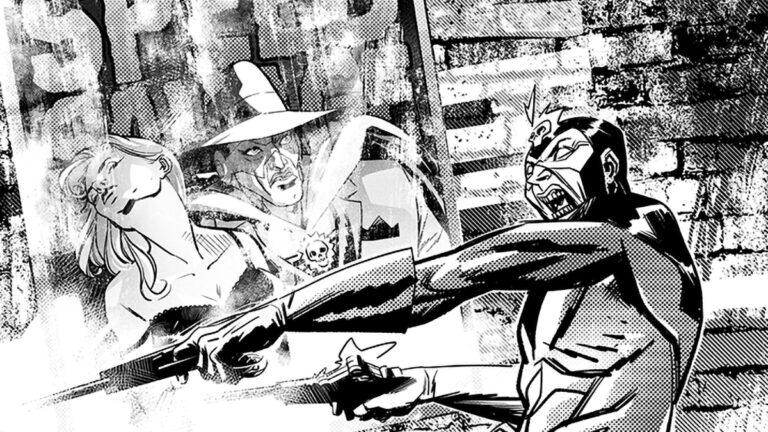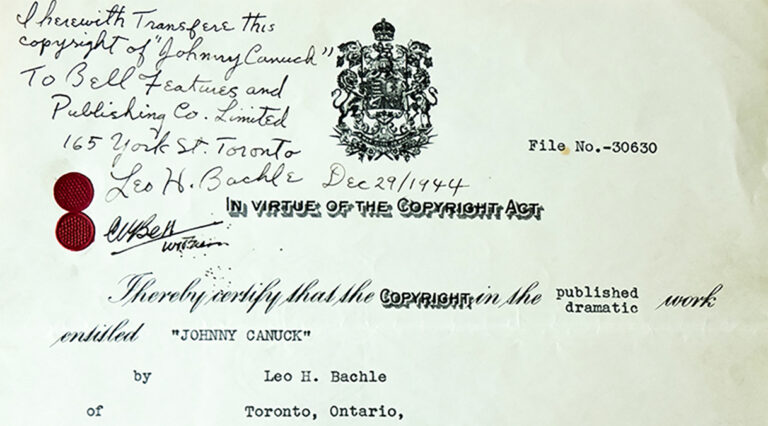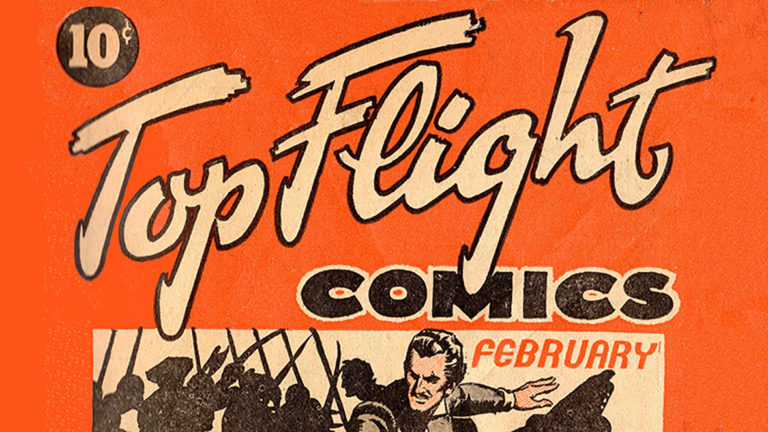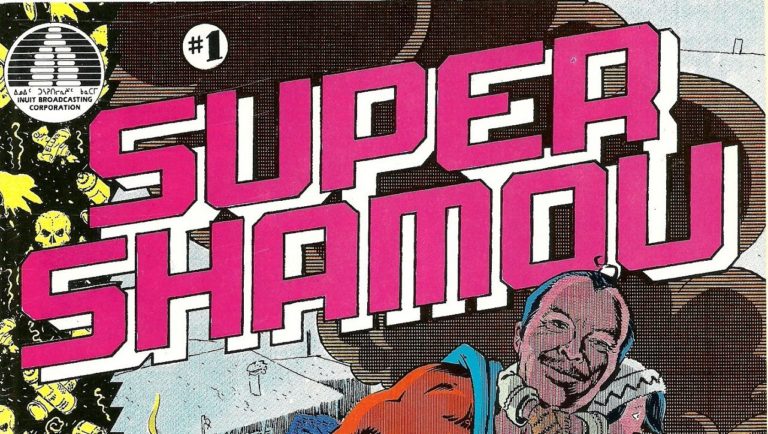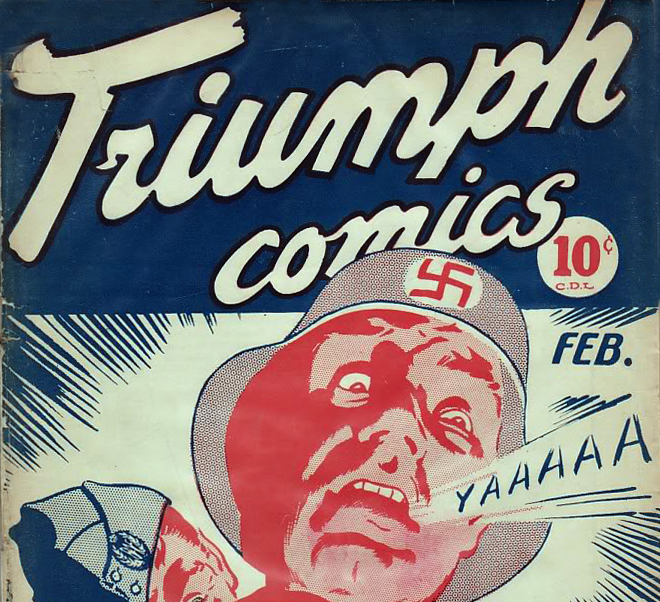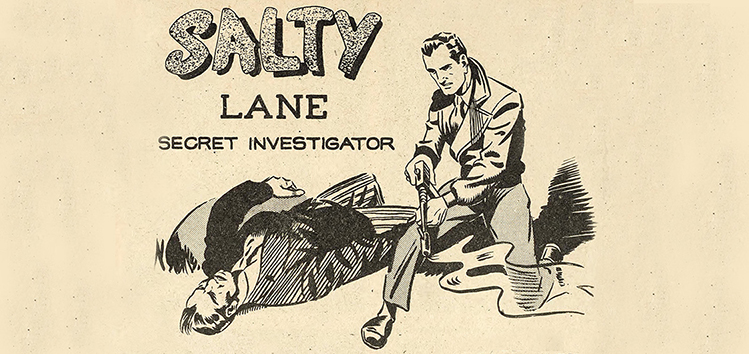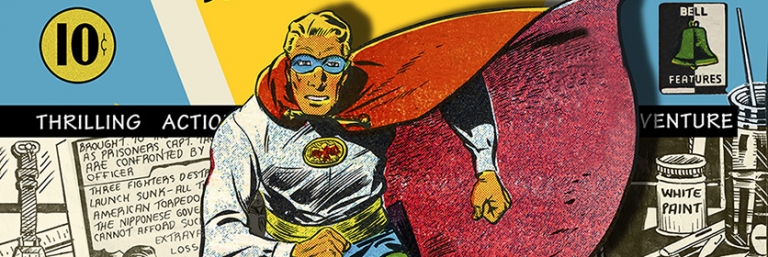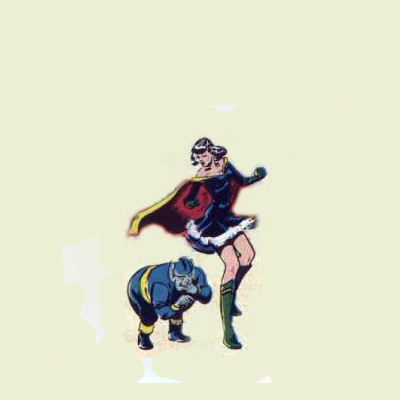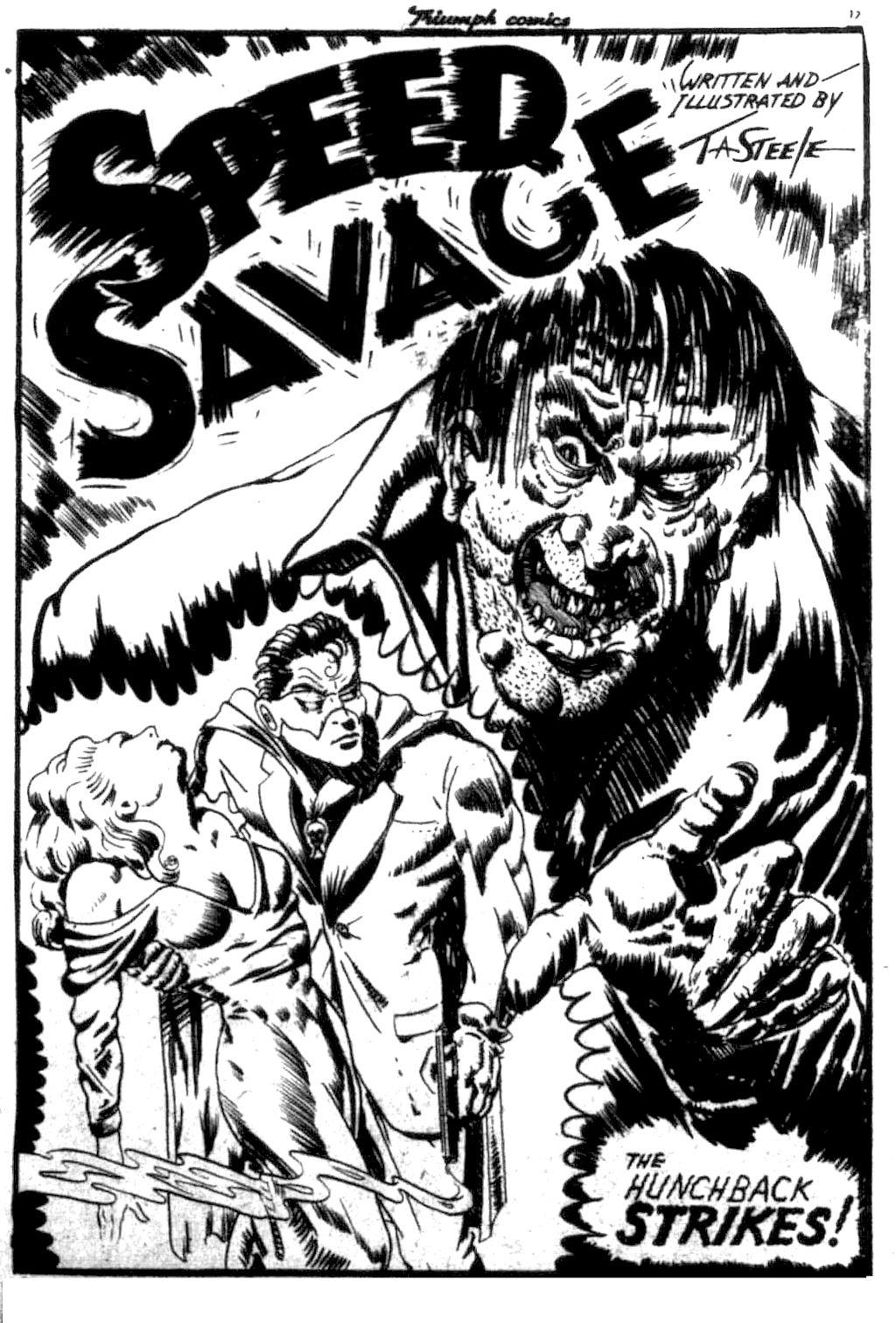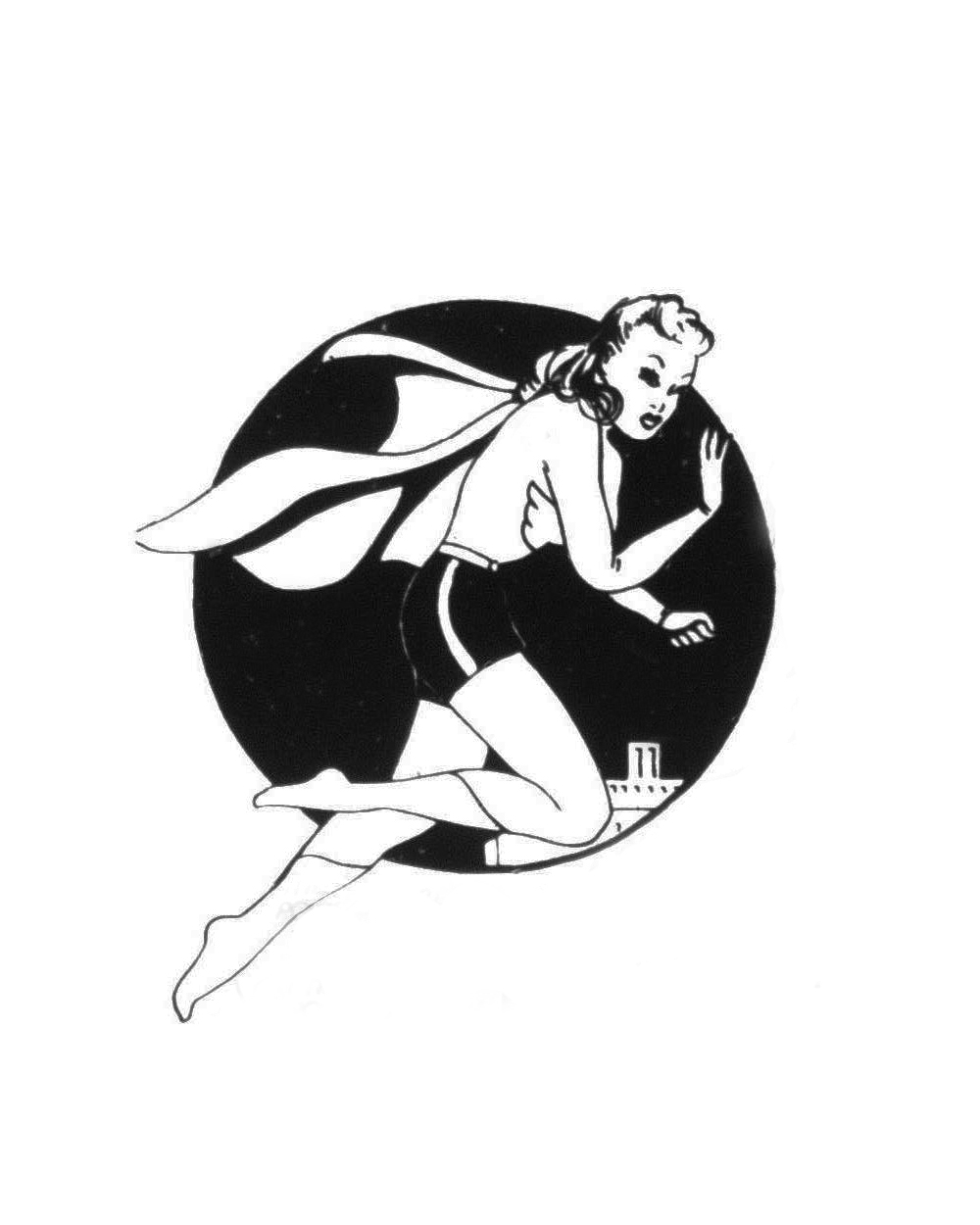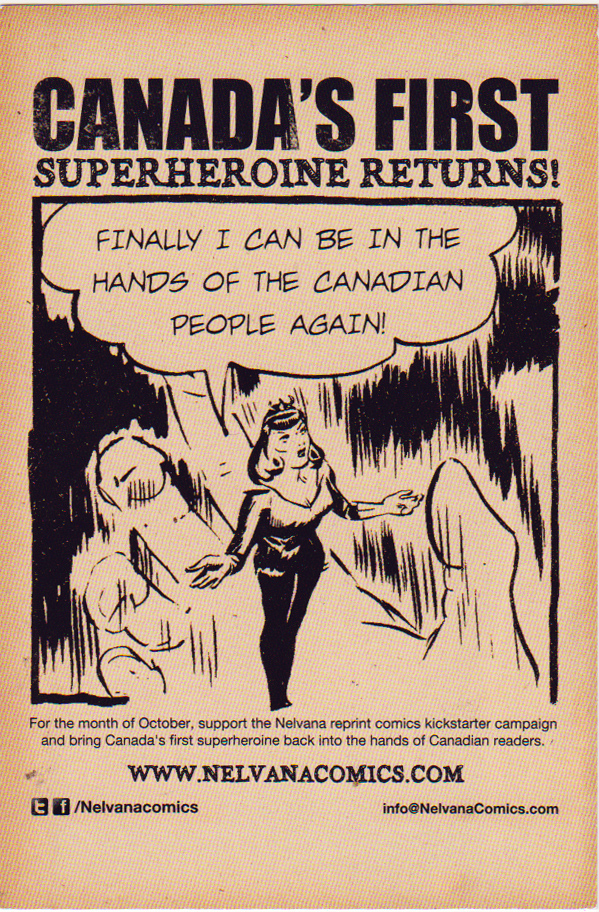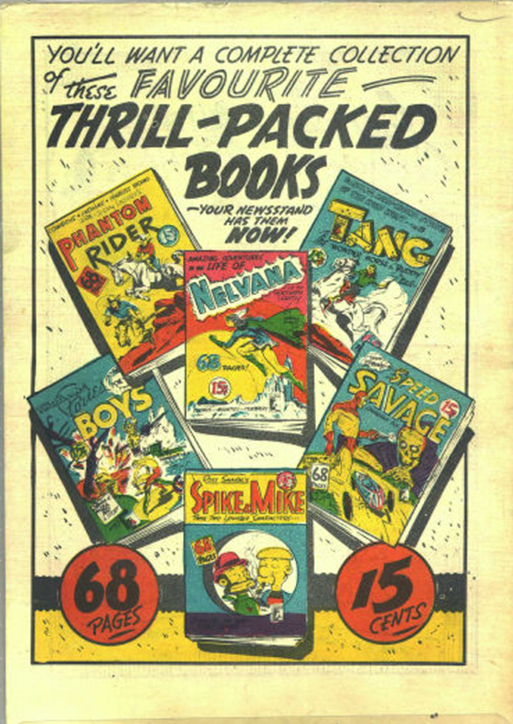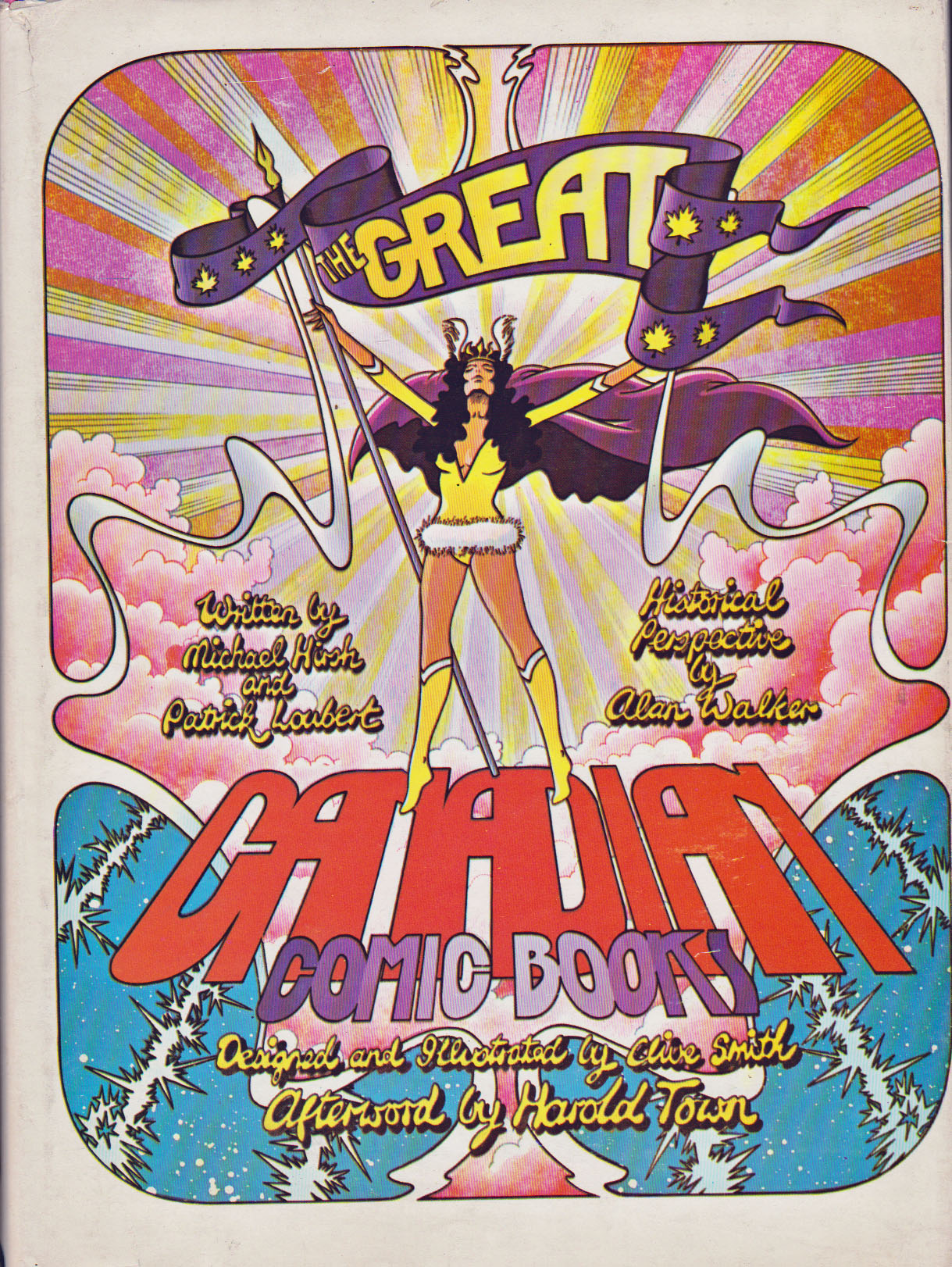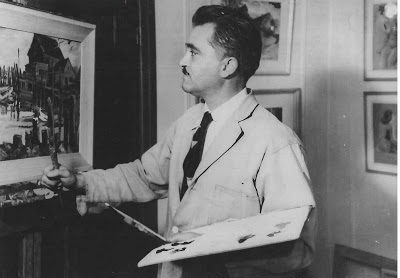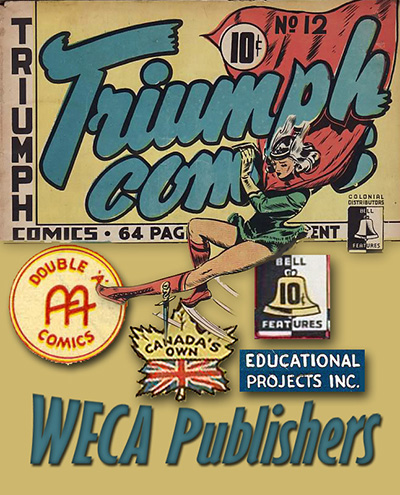As a lot of you may know, I am working on putting together a coffee table-sized book that would feature the main artists of these WECA comics, that is, the Canadian Whites. I've got about 10 sections finished and I have submitted a package with the first three sections to Dundurn Publishing in Toronto. I really don’t hold much hope for seeing my cache of fairly arcane information being picked up by a publisher over the next few months, but I will try a couple more (such as Drawn and Quarterly and Fantagraphics). Most likely, my project will only be able to see fruition as a self-published e-book or a book for which a good deal of publishing funding could be raised through an online funding scheme such as Kickstarter.
